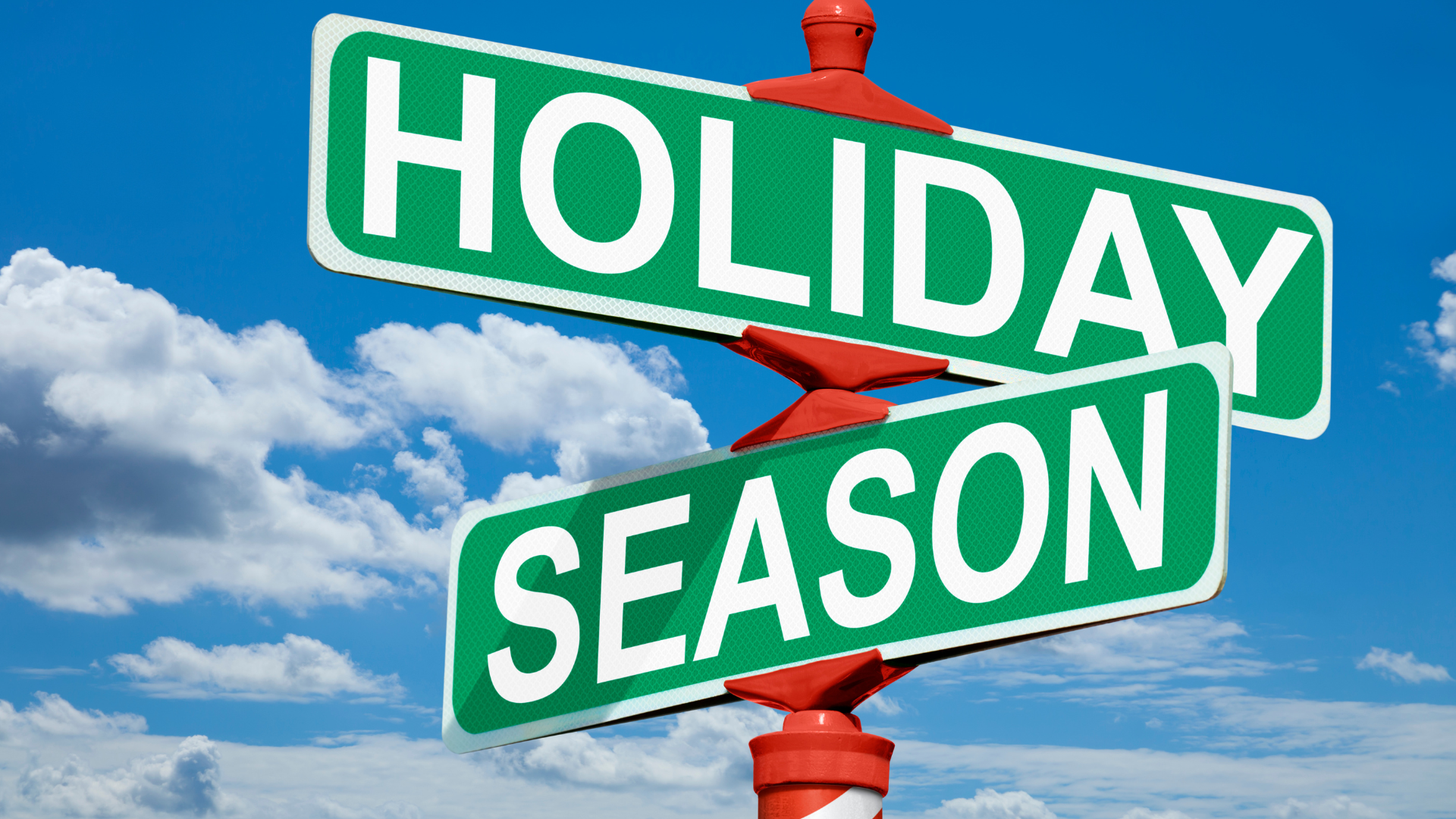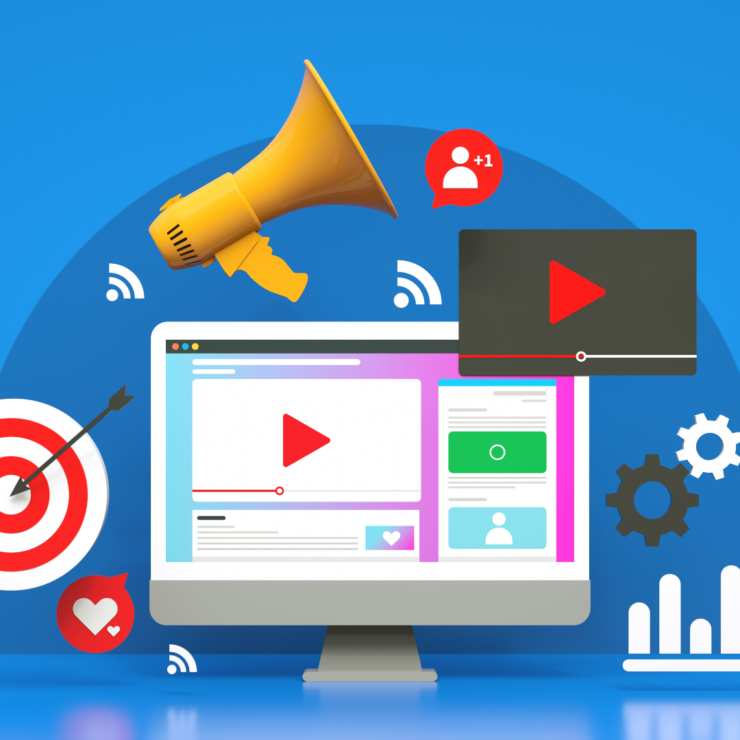The holiday season is a prime opportunity for Shopify store owners to boost their sales and maximize profits. With millions of consumers actively searching for the perfect gifts and deals, implementing effective holiday sales strategies becomes crucial for success. In this comprehensive blog post, we will delve into the world of Shopify holiday sales strategies, providing you with valuable insights and actionable tips to drive your store’s performance during this festive season.
Holiday sales can make or break a Shopify store’s annual revenue. According to the National Retail Federation (NRF), holiday retail sales in the United States alone reached a staggering $781 billion in 2020. This figure demonstrates the immense potential for businesses to capitalize on the holiday shopping frenzy. By strategically planning and executing holiday sales strategies, Shopify store owners can tap into this lucrative market and experience substantial growth.
In this blog post, we will guide you through every aspect of Shopify holiday sales strategies, equipping you with the knowledge and tools necessary to optimize your store’s performance during the festive season. By the end of this blog post, you will have a comprehensive understanding of Shopify holiday sales strategies and be equipped with a toolbox of tactics to implement in your own store. So, let’s dive in and unlock the potential of this holiday season for your Shopify business.
Understanding the Holiday Shopping Season
The holiday shopping season is a time of excitement, joy, and increased consumer spending. To effectively implement Shopify holiday sales strategies, it is essential to understand the dynamics of this bustling period. In this section, we will delve into key statistics and trends, identify the target audience and their shopping behaviors, and analyze the impact of COVID-19 on holiday shopping.
Key Statistics and Trends for Holiday Shopping
Before diving into the strategies, let’s take a moment to examine some essential statistics and trends related to the holiday shopping season. These insights will help you gain a better understanding of consumer behavior and make informed decisions for your Shopify store.
-
Holiday Spending: According to the NRF, the average consumer in the United States spent $998 during the 2020 holiday season. This figure includes purchases for gifts, food, decorations, and other holiday-related expenses. It is crucial to note that this spending habit extends beyond physical products, presenting an opportunity for various industries to capitalize on the holiday season.
-
Online Shopping: The growth of e-commerce has significantly impacted holiday shopping trends. In 2020, online holiday sales reached $206 billion in the United States, representing a 32.2% increase compared to the previous year. This trend is expected to continue as consumers seek convenience, variety, and competitive prices offered by online retailers.
-
Mobile Shopping: Mobile devices play a crucial role in holiday shopping. In 2020, mobile accounted for 42% of total online sales during the holiday season. This highlights the importance of optimizing your Shopify store for mobile users, ensuring a seamless shopping experience across different devices.
-
Black Friday and Cyber Monday: These two shopping events, falling immediately after Thanksgiving, have become synonymous with significant discounts and sales. In 2020, Black Friday online sales reached $9 billion, while Cyber Monday sales surpassed $10.8 billion in the United States. These events present a prime opportunity for Shopify store owners to attract customers with compelling offers.
Identifying the Target Audience and Their Shopping Behaviors
To effectively target your marketing efforts and tailor your holiday sales strategies, it is crucial to understand your target audience and their shopping behaviors during the holiday season. By analyzing demographic information, shopping preferences, and past purchase patterns, you can gain valuable insights to inform your marketing campaigns and promotions.
-
Demographic Information: Start by identifying the key demographic segments that make up your target audience. Consider factors such as age, gender, location, and income level. This information will help you create targeted messaging and offers that resonate with your specific audience.
-
Shopping Preferences: Understanding how your target audience prefers to shop during the holidays is essential. Some consumers may prefer the convenience of online shopping, while others enjoy the in-store experience. By catering to these preferences, you can create a shopping environment that aligns with your customers’ needs and desires.
-
Purchase Patterns: Analyzing past purchase data can provide valuable insights into your customers’ behavior during the holiday season. Take note of the types of products they tend to purchase, the average order value, and any specific trends that emerge. This information will guide your product selection, pricing strategies, and promotional activities.
Preparing Your Shopify Store for the Holiday Season
The holiday season presents a significant opportunity for Shopify store owners to attract new customers, increase sales, and boost their overall revenue. To make the most of this festive period, it is crucial to prepare your Shopify store in advance. In this section, we will explore the essential steps to optimize your website, update product listings, and implement effective SEO strategies to ensure a seamless shopping experience for your customers.
Optimizing Your Website for Increased Conversions
A fast, user-friendly, and visually appealing website is crucial for converting visitors into paying customers. To optimize your Shopify store for the holiday season, consider the following steps:
-
Enhancing Website Speed and Performance: Slow-loading websites can deter potential customers and lead to high bounce rates. Optimize your website’s speed by compressing images, minimizing code, and leveraging caching techniques. Use tools like Google PageSpeed Insights to identify areas for improvement.
-
Implementing Responsive Design for Mobile Users: As more consumers shop using their mobile devices, it is essential to ensure your Shopify store is fully optimized for mobile. Responsive design ensures your website adapts seamlessly to different screen sizes, providing a user-friendly experience and maximizing conversions.
-
Streamlining the Checkout Process: Simplify the checkout process to minimize cart abandonment. Remove unnecessary steps, offer guest checkout options, and provide clear instructions for payment and shipping. Consider implementing trusted payment gateways and security badges to instill confidence in your customers.
Updating Product Listings and Inventory Management
Accurate and enticing product listings are crucial for attracting and converting holiday shoppers. Follow these steps to update your product listings and optimize inventory management:
-
Conducting Market Research for Trending Products: Stay ahead of the competition by researching and identifying trending products for the holiday season. Use tools like Google Trends, social media platforms, and industry reports to identify popular products that align with your store’s niche.
-
Optimizing Product Descriptions and Images: Craft persuasive and detailed product descriptions that highlight the unique features, benefits, and value of your offerings. Use high-quality images that showcase your products from multiple angles, allowing customers to visualize their purchase.
-
Managing Inventory Levels Effectively: Anticipate the increased demand during the holiday season by ensuring you have adequate inventory levels. Implement inventory management systems and tools to track stock levels, set up alerts for low stock, and manage fulfillment efficiently.
Implementing SEO Strategies for Increased Visibility
Search engine optimization (SEO) plays a vital role in driving organic traffic to your Shopify store. To improve your store’s visibility and attract relevant holiday shoppers, consider the following SEO strategies:
-
Keyword Research and Optimization: Identify relevant holiday-themed keywords and incorporate them naturally into your product titles, descriptions, headings, and meta tags. Use keyword research tools like SEMrush or Google Keyword Planner to discover popular search terms.
-
Creating Holiday-Focused Content: Develop engaging and informative holiday-themed content that resonates with your target audience. Publish blog posts, gift guides, and tutorials related to your products or industry. This not only improves your SEO but also positions you as an authority in your niche.
-
Building Quality Backlinks: Earn high-quality backlinks from reputable websites to boost your store’s authority and improve search engine rankings. Reach out to influencers, collaborate with industry partners, and participate in guest blogging opportunities to secure backlinks from relevant sources.
By optimizing your website, updating product listings, and implementing effective SEO strategies, you can ensure that your Shopify store is ready to handle the influx of holiday shoppers. These steps lay the foundation for a successful holiday sales season, allowing you to attract and convert customers with ease.
Effective Marketing Strategies for Holiday Sales
Once you have optimized your Shopify store for the holiday season, it’s time to focus on marketing strategies that will drive traffic, increase brand visibility, and ultimately boost sales. In this section, we will explore the key elements of creating compelling holiday-themed campaigns, leveraging social media platforms for promotion, and utilizing email marketing to engage with your audience.
Creating Compelling Holiday-Themed Campaigns
Holiday-themed campaigns are an excellent way to capture the attention and interest of your target audience. To create compelling campaigns that resonate with your customers, consider the following strategies:
-
Designing Eye-Catching Visuals and Banners: Visual elements play a crucial role in capturing attention and conveying the holiday spirit. Create eye-catching banners, graphics, and videos that evoke emotions and showcase your products in a festive context. Use vibrant colors, holiday-themed imagery, and compelling call-to-action buttons to entice customers.
-
Crafting Persuasive Copy and Messages: The messaging in your holiday campaigns should be persuasive, compelling, and aligned with the emotions and desires of your target audience. Use storytelling techniques to create a connection with your customers and highlight the value and benefits of your products. Incorporate holiday-themed language, such as “gifts,” “celebrations,” and “joy,” to create a sense of excitement and urgency.
-
Implementing Time-Limited Offers and Discounts: Creating a sense of urgency is an effective tactic to drive sales during the holiday season. Offer limited-time discounts, flash sales, or exclusive deals to motivate customers to make a purchase. Use countdown timers and clear expiration dates to create a sense of urgency and encourage immediate action.
Leveraging Social Media Platforms for Promotion
Social media platforms provide a powerful channel for promoting your Shopify store and engaging with your target audience during the holiday season. Here are some strategies to effectively leverage social media for holiday sales:
-
Identifying the Right Social Media Channels: Understand your target audience and identify the social media platforms they are most active on. Focus your efforts on those platforms to maximize your reach and engagement. For instance, if your target audience consists of young adults, platforms like Instagram and TikTok might be more suitable, while Facebook and LinkedIn could be more effective for targeting an older demographic.
-
Engaging with the Audience through Interactive Content: Leverage interactive content formats such as polls, quizzes, and contests to increase engagement and generate buzz around your holiday promotions. Encourage user-generated content by running hashtag campaigns or asking customers to share their holiday experiences with your products. Respond promptly to comments, messages, and reviews to foster a sense of community and build trust with your audience.
-
Running Targeted Ad Campaigns: Social media advertising allows you to target specific demographics, interests, and behaviors, ensuring your holiday promotions reach the most relevant audience. Create visually appealing ad creatives, compelling ad copy, and clear call-to-action buttons to drive clicks and conversions. Monitor the performance of your ad campaigns closely and make necessary adjustments to optimize results.
Utilizing Email Marketing to Drive Sales
Email marketing remains one of the most effective ways to engage with your audience and drive sales during the holiday season. Here are some strategies to make the most of your email campaigns:
-
Building a Segmented Email List: Segment your email list based on various criteria, such as past purchases, browsing behavior, demographics, or engagement level. This allows you to deliver personalized and targeted messages to specific segments of your audience, increasing the likelihood of conversions.
-
Creating Personalized Holiday Email Campaigns: Craft personalized email campaigns that align with the holiday season. Use dynamic content to include customers’ names, past purchase history, and product recommendations. Tailor your email content to reflect the holiday spirit, offering exclusive promotions, gift guides, and personalized recommendations.
-
Implementing Abandoned Cart Recovery Strategies: During the holiday season, cart abandonment rates tend to increase. Implement automated email sequences to remind customers about their abandoned carts and offer incentives, such as limited-time discounts or free shipping, to encourage them to complete their purchase. Test different email sequences and subject lines to optimize conversion rates.
By creating compelling holiday-themed campaigns, leveraging social media platforms, and utilizing email marketing effectively, you can increase brand visibility, engage with your audience, and drive sales during the holiday season. These marketing strategies will help you stand out from the competition and ensure that your Shopify store captures the attention of potential customers.
Analyzing and Optimizing Holiday Sales Performance
Analyzing and optimizing your holiday sales performance is a crucial step in ensuring the success of your Shopify store during the festive season. By closely monitoring key performance indicators (KPIs), making data-driven decisions, and iterating on your strategies, you can continuously improve and maximize your holiday sales. In this section, we will explore the important metrics to track, the significance of A/B testing, and the iterative process of refining your holiday sales strategies.
Monitoring Key Performance Indicators
To gauge the effectiveness of your holiday sales strategies, it is essential to monitor and analyze key performance indicators (KPIs). By tracking these metrics, you can identify areas of improvement and make informed decisions. Consider the following KPIs to measure and monitor your holiday sales performance:
-
Tracking Website Traffic and Conversions: Monitor your website traffic during the holiday season using tools like Google Analytics. Keep an eye on metrics such as total visits, unique visitors, and page views. Additionally, track conversion rates, average order value, and revenue generated to measure the impact of your marketing efforts.
-
Analyzing Sales Data and Customer Behavior: Dive into your sales data to gain insights into customer behavior during the holiday season. Identify top-selling products, average order size, and customer preferences. Analyze data on repeat purchases, abandoned carts, and customer lifetime value to optimize your marketing strategies and improve customer retention.
-
Measuring the Effectiveness of Marketing Efforts: Evaluate the performance of your marketing campaigns by analyzing metrics such as click-through rates, engagement rates, and conversion rates for your email campaigns, social media ads, and other marketing channels. Assess the return on investment (ROI) for each campaign to allocate resources effectively.
A/B Testing and Optimizing Strategies
A/B testing is a powerful technique that allows you to compare two different versions of a webpage, email, or ad to determine which performs better. By conducting A/B tests on your holiday sales strategies, you can make data-driven decisions to optimize your campaigns. Here’s how to effectively implement A/B testing:
-
Conducting Split Tests for Different Elements: Test different elements of your marketing campaigns, such as email subject lines, call-to-action buttons, landing page layouts, or pricing strategies. Create two versions (A and B) with one variable changed, and test them simultaneously on a portion of your audience to determine the better performing variant.
-
Analyzing Results and Making Data-Driven Decisions: Gather and analyze the data from your A/B tests to identify which variant yields better results. Look for statistically significant differences in metrics such as click-through rates, conversion rates, or revenue generated. Use this data to inform your decision-making and implement the winning variant.
-
Iterating and Refining Holiday Sales Strategies: A/B testing is an iterative process. Once you have identified the winning variant, implement it across your campaigns and continue testing other elements to further optimize your strategies. Regularly review the performance of your campaigns, make adjustments based on data insights, and refine your strategies to continually improve your holiday sales results.
Conclusion
Analyzing and optimizing your holiday sales performance is a continuous process that enables you to refine your strategies, maximize conversions, and drive revenue growth. By monitoring key performance indicators, conducting A/B tests, and making data-driven decisions, you can identify areas for improvement and iteratively refine your holiday sales strategies. Through this iterative process, you can adapt to changing market dynamics, customer preferences, and trends, ensuring the long-term success of your Shopify store during the holiday season and beyond.




